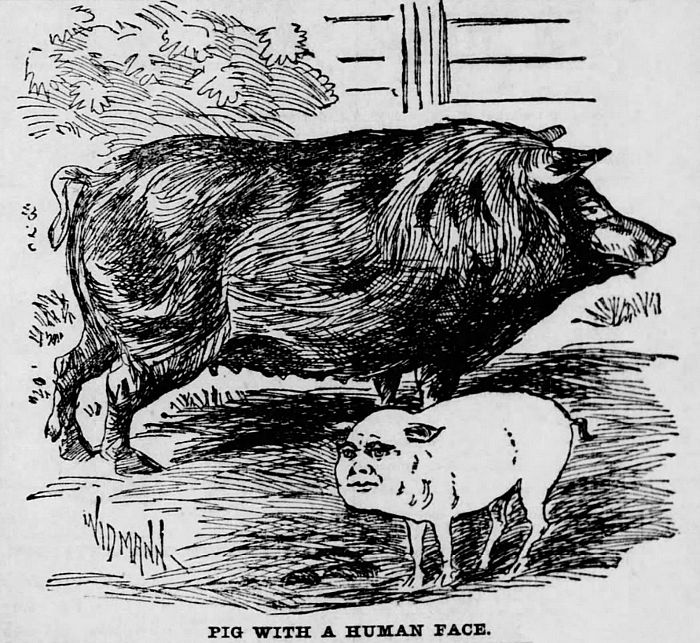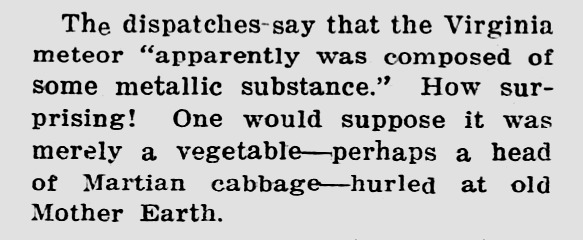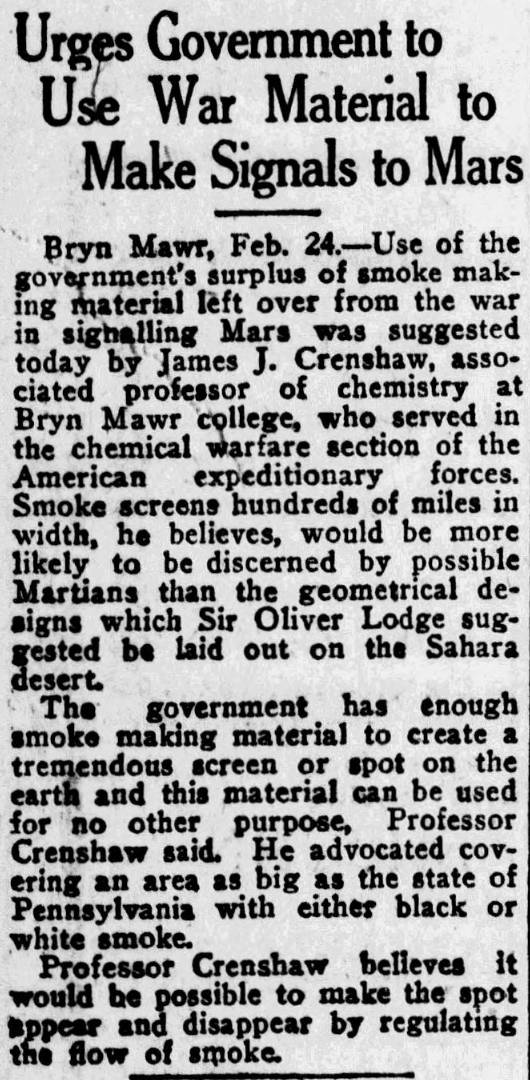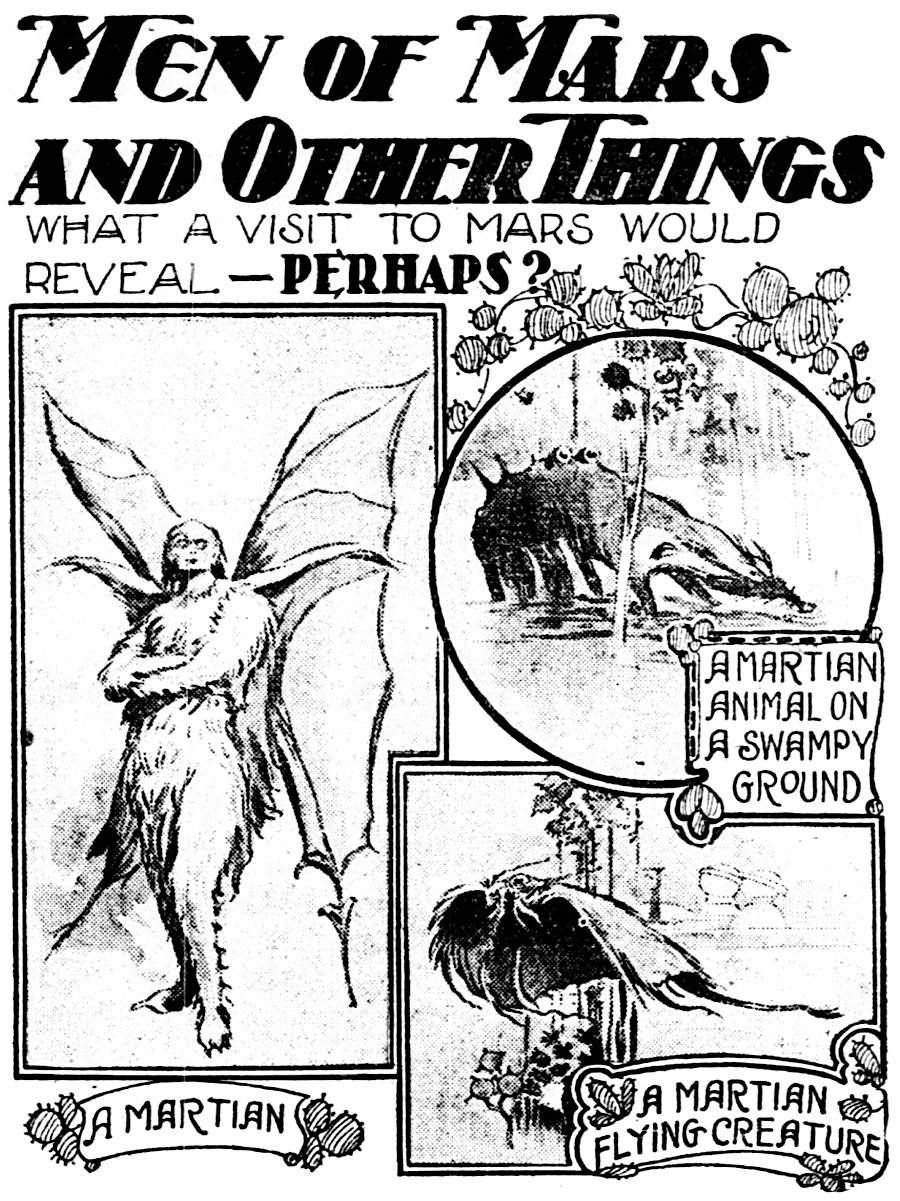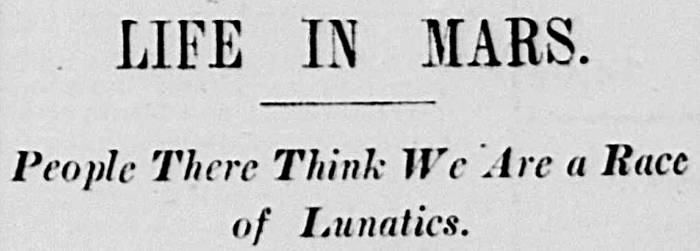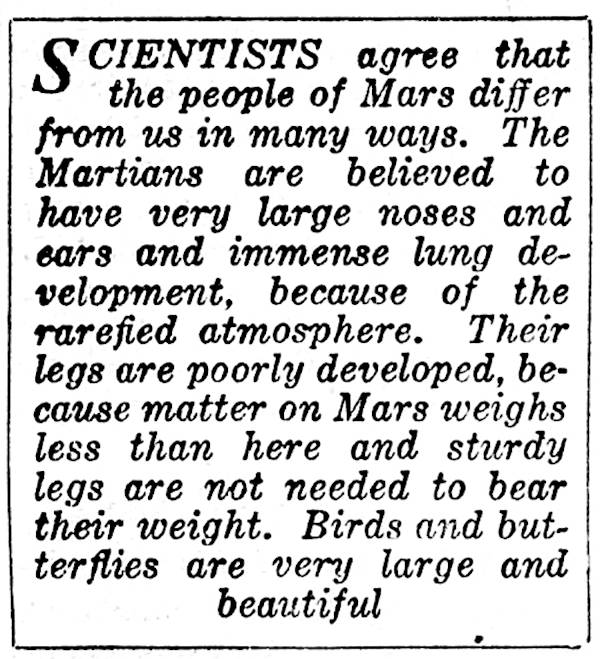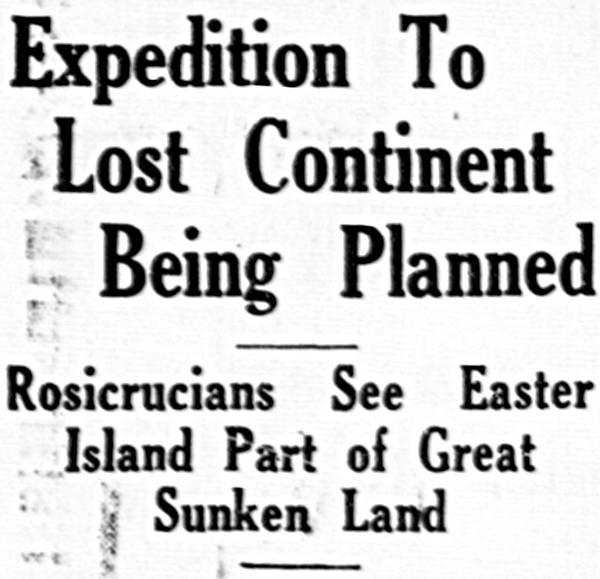
“The eating of arsenic,” said a toxicologist, or student of poisons, “Is common In Styria. Tho Styrians say that arsenic makes one plump and comely, and gives one strength for great exertions, such as running or mountain-climbing.
“Styria, In Austria, gives the world vast quantities of arsenic; the manufacture of this drug is, indeed, the main Styrian industry. They who make arsenic eat it, as a rule; for they say that only the arsenic eater can withstand the arsenic fumes.
“These makers and eaters of the drug are comely. They have a blooming and clear color. They look much younger than they are.
“The foreman In a certain arsenic factory told me that In his boyhood, when he first came to that plant, he was advised to begin to eat arsenic lest his health suffer from the fumes. He did begin, and his first two or three small doses gave him a sharp pain, like a burn, in the stomach, and this pain was-followed by tremendous hunger and a violent, disagreeable excitement. But as his doses Increased In frequency and in size, their effect became pleasant. There was no longer pain or excitement; there was a ravenous appetite and a mood of joyous activity wherein the youth could do three men’s work.
“This chap, by the time he got to be thirty, was taking four grains of arsenic a day. He looked at thirty with his clear pink and white color, no more than twenty-three. He was robust as a blacksmith. But he said he would die at forty-five or so said all the Styrian arsenic caters died at that age.
“The drug Is a preservative, and in Styria, when graves are opened, bodies are found to be as fresh Fix or seven years after interment as on tho day they were lowered Into the earth.
“The arsenic eater like the opium eater, is a total abstainer. Alcohol In any form is abhorrent to him. If he tries to abandon the drug, his heart weakens, he has fainting fits, he takes to his bed.”

